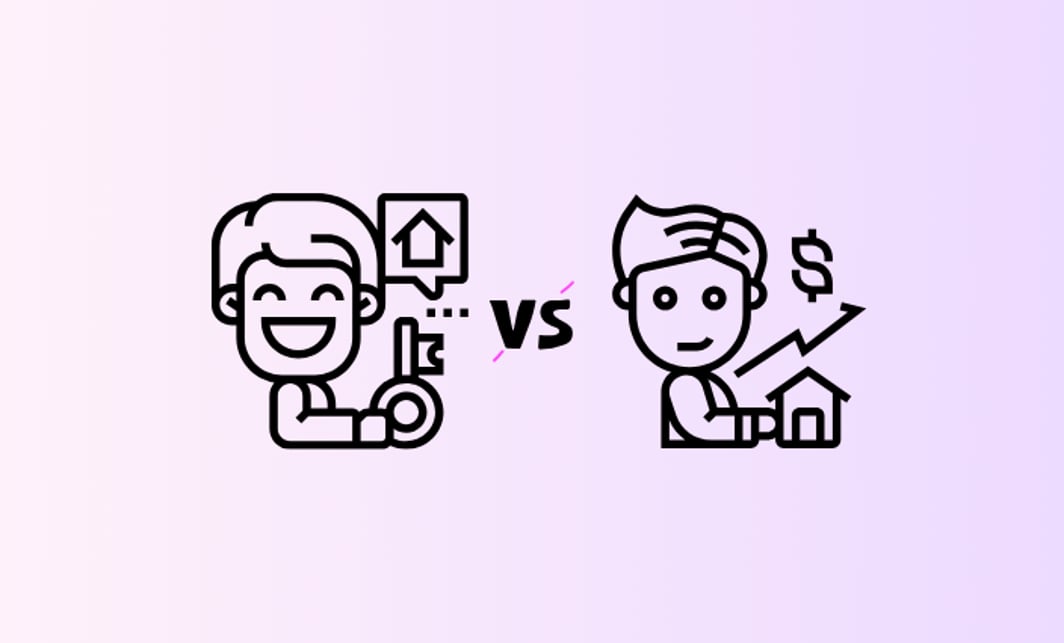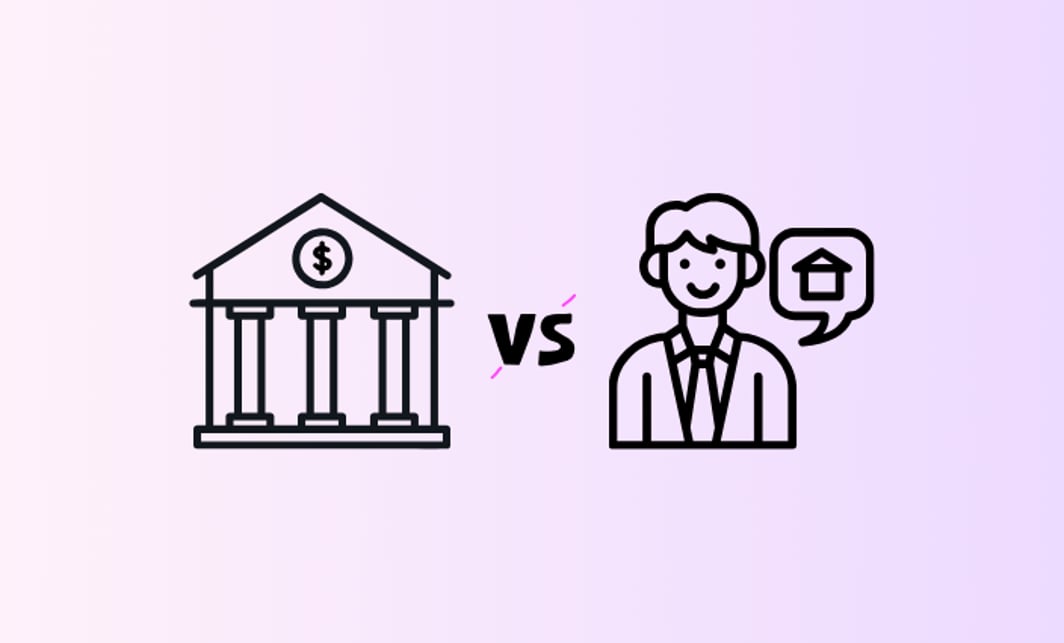Introduction
Deciding whether to buy a property or continue renting is a significant financial and lifestyle decision, especially in dynamic markets like Sydney's inner suburbs. This article focuses on the specific case of an individual currently renting a one-bedroom unit in St Leonards, NSW, paying AUD 750 per week, with AUD 80,000 in savings. We will evaluate the financial, market, and personal factors relevant to this scenario to simplify the decision-making process.
Overview of St Leonards property market
St Leonards is a strategic suburb located on Sydney’s lower North Shore, known for its proximity to the CBD, excellent transport links, and mixed commercial-residential character. Recent market trends reveal constrained housing supply driving moderate property price growth and steady rental demand. The suburb's blend of apartments and commercial developments attracts professionals, maintaining its appeal for both renters and buyers.
Financial considerations of buying property in St Leonards
Upfront costs and initial investment
Purchasing a property in St Leonards requires substantial upfront costs beyond the property price. Typically, buyers need a deposit of 10-20% of the purchase price, stamp duty (around 5% of the purchase price), legal fees, and other associated expenses such as conveyancing and valuation fees.
For example, for a property priced at AUD 600,000—a plausible figure for a one-bedroom unit in St Leonards—the following costs can be anticipated:
- Deposit (10-20%): AUD 60,000–120,000
- Stamp duty and fees (~5%): AUD 30,000
- Legal and other fees: AUD 400–800
Given the AUD 80,000 savings available, this upfront cost structure means the deposit and fees could consume most or all of the savings, necessitating careful budgeting or seeking loan products with lower deposit requirements.
Mortgage interest rates, loan terms, and lending conditions
Current mortgage interest rates for first-time buyers in Sydney generally range between 5-6% annually, with typical loan terms of 25 to 30 years. Lending conditions have tightened recently, with lenders requiring more substantial deposits and exhibiting caution in loan-to-value ratios due to rising interest rates and housing prices.
Assuming a loan of AUD 520,000 (after a 13% deposit on a AUD 600,000 property), monthly repayments at a 5.5% fixed interest rate over 30 years would be approximately AUD 3,400. This equates to roughly AUD 785 per week, slightly above the current rent of AUD 750 per week. However, mortgage payments build equity, unlike rent, which is a recurring expense with no ownership benefit.
Comparison of monthly mortgage repayments and rent
While the monthly mortgage repayment may be marginally higher than current rent, the key difference is asset accumulation through ownership. Additionally, rents are subject to inflation and may increase annually, whereas fixed-rate mortgages provide payment stability. Prospective buyers should weigh whether the modest increase in weekly housing costs is acceptable in exchange for long-term equity gains.
Market trends and economic factors
Property value appreciation and capital growth projections
Data indicates moderate property value appreciation in St Leonards, estimated at 1-3% annually over the next 5 to 10 years. This modest growth aligns with broader economic forecasts, including inflation stabilisation and steady employment growth in NSW. While not explosive, this steady appreciation supports the argument for buying as a means to build wealth over time.
Recent trends in property prices and rental yields
Sydney and St Leonards have experienced price growth driven by supply shortages, though rising interest rates since 2022 have tempered this growth and softened rental yields. Rental yields remain attractive but may face pressure due to higher borrowing costs for investors.
Rental market dynamics and risks of continuing to rent
Renting offers flexibility and limited responsibility but exposes tenants to rental inflation and lack of asset accumulation. Vacancy rates in NSW are low (1.4%), suggesting rental demand remains strong, potentially driving rents higher in the near future. For someone paying AUD 750 per week, rent increases could erode disposable income over time without building equity.
Government incentives and tax considerations
First home buyer grants and tax benefits
First home buyers in NSW may access grants and concessions that ease upfront costs, making home ownership more feasible. Additionally, negative gearing allows investors to deduct rental losses from taxable income, and capital gains tax concessions provide benefits upon property sale.
Negative gearing and capital gains tax advantages
Negative gearing offers tax advantages but is subject to potential policy changes, which could reduce its attractiveness. Buyers should stay informed about policy developments to assess the sustainability of these benefits.
Comparing financial flexibility: Buying vs Renting
While ownership provides tax benefits and equity growth, renting offers lower commitment and financial flexibility. Maintenance costs and property market risks are borne by owners, whereas renters avoid these but sacrifice investment opportunities.
Impact of infrastructure and development on property value
Current and projected infrastructure developments
NSW’s 2024-25 Budget allocates significant funds to housing supply and maintenance, which indirectly benefits suburbs like St Leonards by improving urban amenities and housing quality.
Transportation projects and accessibility improvements
Transport upgrades in and around St Leonards, including rail and bus network improvements, are expected to enhance connectivity, raising the suburb's desirability.
Influence on property values and rental demand
These infrastructure projects are forecasted to drive property value appreciation by 10-15% and rental demand by 5-8% over the next five years, reinforcing the investment appeal of buying in St Leonards.
Summary and decision-making considerations
Key financial and market factors
- Upfront buying costs are high and may nearly exhaust AUD 80,000 savings.
- Monthly mortgage repayments slightly exceed current rent but build equity.
- Moderate property appreciation is expected, supported by infrastructure improvements.
- Renting offers flexibility but exposes to rent inflation and no asset growth.
- Government incentives and tax benefits can offset ownership costs but carry policy risks.
Weighing the pros and cons for St Leonards Residents
For someone renting a one-bedroom unit at AUD 750 weekly with AUD 80,000 savings, buying in St Leonards is financially feasible but tight. If the individual values stability, long-term investment, and can comfortably manage slightly higher housing costs plus maintenance, purchasing is advisable.
Conversely, if financial flexibility or mobility is a priority, or if the upfront costs strain savings, continuing to rent while building a larger deposit may be prudent.
Future Outlook and Monitoring
Prospective buyers should monitor lending conditions, interest rates, and government policy changes. Staying informed about market shifts and infrastructure progress will enable timely decisions aligned with personal goals.
This article aims to provide a practical, evidence-based framework to aid the decision between buying and renting in St Leonards, NSW, tailored to the specific financial and market context described.




